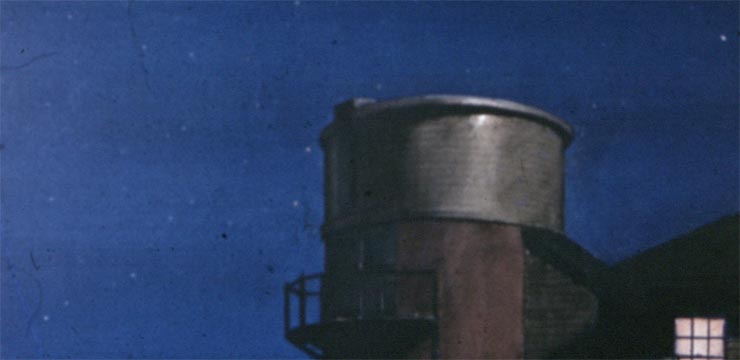
Supernova SN2014J and 2 Pallas
by Craig Cortis
Around the end of January (exact date not recorded) I visited my friend Tim Dube in East Douglas, Mass. for an attempt to view the much hailed supernova in the galaxy M82 in Ursa Major. We used an 8-inch SCT at 45 power, the lowest magnification obtainable with an available eyepiece. Clear skies and a New Moon close to that particular evening made for a lucky combination for observing. M82 had obtained an altitude sufficiently high enough that things worked in our favor at the time of night involved. The date closely coincided with what was reported to be peak brightness for the supernova, about 10.5 magnitude, as I recall. Upon training the scope on M82, the supernova was immediately evident within the galaxy’s soft glow. Two foreground stars of comparable magnitude pointed almost precisely to the supernova, making it appear as the end star of a convenient row of three nearly equally-separated stars. We did not notice any hint of the orange color seen in camera images or in larger telescopes; the color was plain white. I’ve personally seen very few examples of supernovae, but 2014J was easily the brightest and most prominent viewed by me to date. Articles and possibly entire books will be devoted to this marvelous supernova; the reasons for its importance are too numerous to list here. Much has already been written and is available on many websites – this is one for the record books, I’m sure. Unless I have it wrong, 2014J ranks as the most significant supernova since 1987A in the Large Magellanic Cloud (LMC). Although considered relatively close to our galaxy in terms of extragalactic distances, M82 is still about 75 times more distant than the LMC. I’ll always remember the ease of seeing a single star’s brilliance from approximately 12 million light-years away.
Asteroids seem to have a natural fascination for me and an opportunity to spot any of the major ones rarely escapes me. 2 Pallas – the largest or second-largest of the known asteroids – reached opposition on February 26. Ceres, at around 590 miles in diameter, is bigger than the 340-mile mean size of Pallas, but there’s some question as to whether Ceres still technically can be called an asteroid. After all, the 2006 “mischief” undertaken by the I.A.U. (International Astronomical Union) resulted in the demotion of Pluto from its traditional planet status to that of the newly-minted class, “dwarf planet”; asteroid Ceres was promoted (or elevated, if you will) to that same class of objects at about the same time. Regardless of its actual ranking, 2 Pallas is both historically interesting and reaches a brightness level that makes it easy to see, provided you can precisely isolate its position on a star atlas or finder chart for a given time and date. Asteroids look just like background stars and require careful study of an atlas or finder chart to know which points of light are stars, and which is the asteroid. On the night of 2/25 I used an ephemeris having coordinates for Pallas as of 7:00 p.m., or zero hours U.T. for 2/26. I observed at 9:30; the difference in true position over only 2.5 hours was no problem. The position was RA 9 hours, 44 mins., 53 secs. and Dec. -10 degrees, 23 minutes. This put Pallas only a few degrees to the east-southeast of Alpha Hydrae, Alphard, “The Solitary One” as named by Arabic astronomers. Alphard is conspicuous for its orange color and magnitude of 2.0, so star-hopping over to the asteroid’s position was straightforward. Pallas was about mid-way between two easily identified little asterisms that could be seen roughly 1.5 degrees east of the star 37 Hydrae, all of which were shown readily in my 4.2 inch Astroscan at about 18 power in its generously wide field. Pallas shone at magnitude 7.0 and was located exactly where its coordinates indicated it’d be at that time; no stars of comparable brightness were right next to it, fortunately. Positive identification was therefore simple and left no room for doubt. (I should add that it isn’t always this easy!) Pallas was located in extreme southwestern Sextans, a short ways over the border with Hydra. By the way, Ceres and Vesta are both coming to opposition at the same time in mid-April and are very close to each other on the sky in Virgo. Vesta is the brightest asteroid and will attain a magnitude of 5.8; Ceres will be at magnitude 7.0, so it’ll be a good chance to see these “minor planets” if you’ve not done so – they’re worth the effort, for those inclined. The major astronomy publications will have charts and observing information, and you can find extensive data on several key websites. Good star atlases and/or finder charts will show you the way. Perhaps special observing sessions could be arranged by Skyscrapers, but be forewarned: the mid-April time involved is approximately 11:30 p.m., D.S.T.



